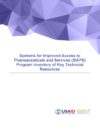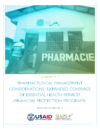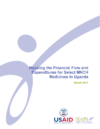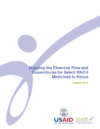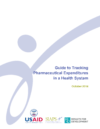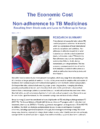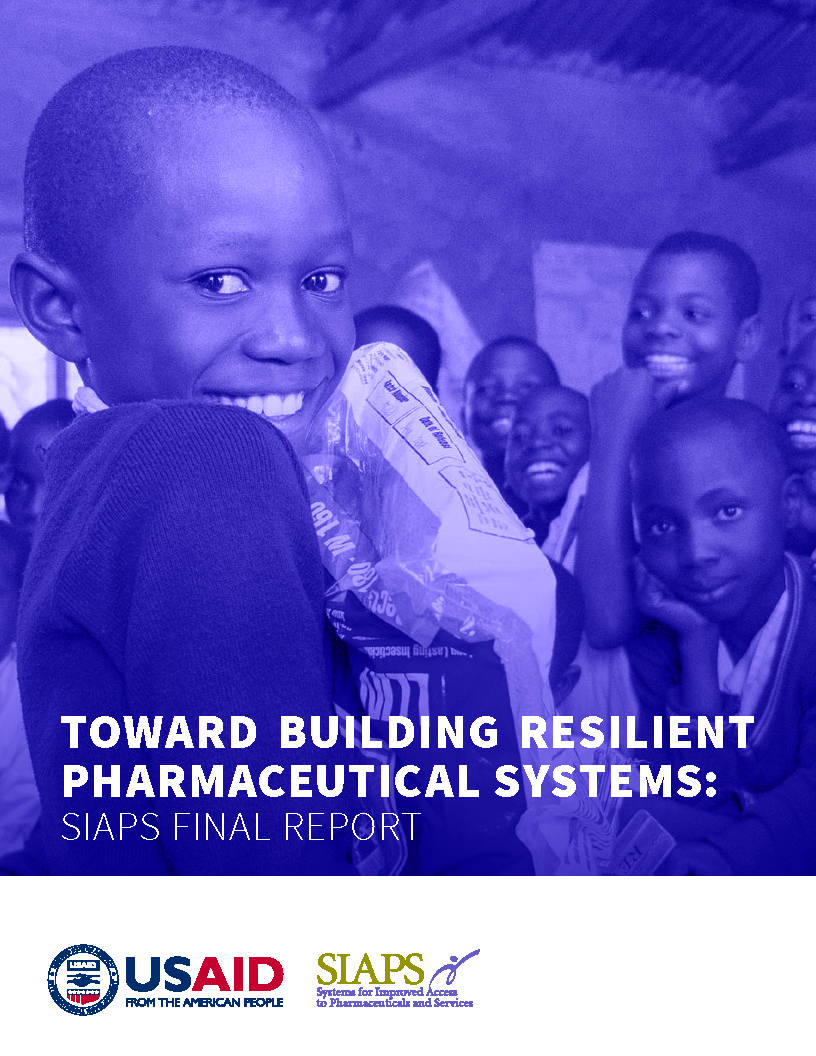The main purpose of this inventory is to serve as a reference to help stakeholders working in the pharmaceutical sector easily access and use already available SIAPS resources, including tools, experiences, and results. The document is also intended to serve as a technical legacy for SIAPS to support knowledge exchange and sustainability of related work. … Read more
AMR, Antimicrobial Resistance, Drug and Therapeutics Committee, essential medicines list, HIV/AIDS, Malaria., neglected tropical disease, pharmaceutical financing, pharmaceutical services, rational medicine use, RMNCH, standard treatment guidelines, Supply chain management, tuberculosis
This policy guidance document is divided into 13 different areas: Country policy development Registration Planning Financing Revised program guidelines, Essential Medicines List (EML), and reporting and recording forms Training of health workers and community partners (community health worker/relais) ACSM strategies Forecasting and quantification Procurement Distribution Health system strengthening Quality and safety Monitoring and evaluation
This infographic provides an overview of select SIAPS interventions and results in line with six core health system functions: governance; capacity building; information for decision-making; financing; supply chain; and pharmaceutical services.
The UN adoption of the SDGs in 2015 signaled a strong commitment of member countries to the expanded access to essential health service agenda and definitively recognized the critical role of medicines in achieving UHC. The SDGs call for countries to “achieve universal health coverage, including financial risk protection, access to quality essential health care … Read more
Since the report of the United Nations Commission on Life-saving Commodities for Women and Children (UNCoLSC) was published in 2012, much has been done to highlight the challenges countries face in ensuring the availability of essential commodities and to create resources to assist countries in this endeavor. In most settings, these commodities are procured with government … Read more
Since the report of the United Nations Commission on Life-Saving Commodities for Women and Children (UNCoLSC) was published in 2012, much has been done to highlight the challenges countries face in ensuring the availability of essential commodities and to create resources to assist countries in this endeavor. In most settings, these commodities are procured with government … Read more
Since the report of the United Nations Commission on Life-saving Commodities for Women and Children (UNCoLSC) was published in 2012, much has been done to highlight the challenges countries face in ensuring the availability of essential commodities and to create resources to assist countries in this endeavor. In most settings, these commodities are procured with government … Read more
This guide is designed to take country-level pharmaceutical and financing experts through the System of Health Accounts (SHA) framework as a potential approach that can be adapted to track pharmaceutical expenditures. The guide also reviews important first steps that must be considered to operationalize pharmaceutical expenditure tracking. It is intended to serve as a foundation … Read more
One of the key elements of successful tuberculosis (TB) control programs is adherence to treatment, which is a cornerstone of most international and national policies and guidelines. Non-adherence results in increased length and severity of illness, death, disease transmission, and drug resistance. Treatment interruption is often due to patient-related factors—classed as loss to follow-up (LTFU)—but … Read more
One of the key elements of successful tuberculosis (TB) control programs is adherence to treatment, which is a cornerstone of most international and national policies and guidelines. Non-adherence results in increased length and severity of illness, death, disease transmission, and drug resistance. Treatment interruption is often due to patient-related factors—classed as loss to follow-up (LTFU)—but … Read more
